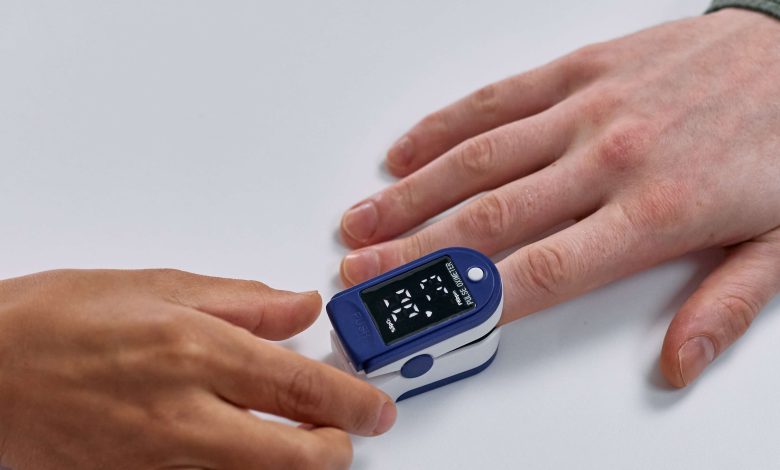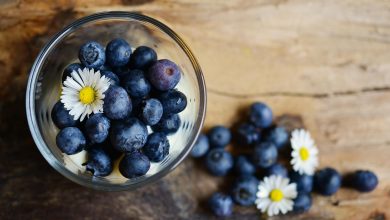What is the Glycemic Index?

Years ago, a journalist friend of mine called me to ask if you heard about the glycemic index.
I emphasized to him that day that the glycemic index and glycemic load are a more effective method of losing weight than calculating calories and that I used it in my system. Thousands of people have lost weight and maintained their weight in a healthy way with this information over the years. I wanted to share this information, which is still extremely useful, with you.
Glycemic Index: What Is It And How Is It Used?
The glycemic index is a tool often used to support better blood sugar management.
There are several factors that affect a food’s glycemic index, including its nutritional composition, cooking method, maturity, and the amount of processing it’s been exposed to.
The glycemic index not only helps increase awareness of what you put on your plate, but it also boosts weight loss, lowers your blood sugar levels and lowers your cholesterol.
My post today takes a closer look at the glycemic index, including what the GI is, how it can affect your health, and how to use it.
What is the glycemic index?
The glycemic index (GI) is a value used to measure how much certain foods raise blood sugar.
Foods are classified as low, medium, or high glycemic index foods and are ranked on a scale of 0-100.
The lower the GI of a particular food, the less it can affect your blood sugar levels.
Here are the three GI ratings:
Low: 55
Medium: 56-69
High: 70 or above
Foods high in refined carbohydrates and sugar are digested more quickly and generally have a high GI, while foods high in protein, fat or fiber typically have a low GI.
Foods that do not contain carbohydrates are not given a GI rating and include meat, fish, poultry, nuts, seeds, herbs, spices and oils.
Other factors that affect a food’s GI include maturity, cooking method, the type of sugar it contains, and the amount of processing it has undergone.
Note that the glycemic index is different from the glycemic load (GL).
Unlike GI, which does not take into account the amount of food eaten, GL (Glycemic load) takes into account the number of carbohydrates in a serving of food to determine how it can affect blood sugar levels.
Therefore, it is important to consider both the glycemic index and glycemic load when choosing foods that will help support healthy blood sugar levels.
SUMMARY
The glycemic index is used to measure how much a particular food raises your blood sugar levels. The higher the GI, the greater the effect on blood sugar levels.
GL(Glycemic load) a food to determine how it can affect blood sugar levels low glycemic index diet
A low glycemic diet involves replacing low GI foods with high ones.
Benefits Following a low-glycemic diet can provide several health benefits, including:
Improved blood sugar regulation.
Many studies have found that a low GI diet can lower blood sugar levels and improve blood sugar management in people with type 2 diabetes.
Increased weight loss.
Some research shows that following a low GI diet can increase short-term weight loss. More studies are needed to determine how it affects long-term weight management.
Reduced cholesterol levels.
Following a low GI diet can help lower both total and LDL (bad) cholesterol levels, both of which are risk factors for heart disease.
A healthy, low-glycemic diet should consist mostly of low-GI foods, such as:
Fruits: apple, strawberry, orange, lemon, lime, grapefruit
Non-starchy vegetables: broccoli, cauliflower, carrots, spinach, tomatoes
Whole grains: quinoa, couscous, barley, buckwheat, oats
Legumes: lentils, black beans, chickpeas, kidney beans
Meat: beef, veal, lamb,
Seafood: tuna, salmon, shrimp, mackerel, anchovies, sardines
Poultry: chicken, turkey, duck, goose
Fats: olive oil, coconut oil, avocado oil, vegetable oil
Nuts: almonds, macadamias, walnuts, pistachios
Seeds: chia seeds, sesame seeds, hemp seeds, flax seeds
Herbs and spices: turmeric, black pepper, cumin, dill, basil, rosemary, cinnamon
While no food is strictly prohibited in the diet, foods with a high GI should be limited.
Foods with a high GI include:
Bread: white bread, bagel, lavash, pita bread
Rice: white rice, jasmine rice, baldo rice
Grains: instant oats, breakfast cereals
Pasta and noodles: lasagna, spaghetti, ravioli, white pasta, fettuccine
Starchy vegetables: mashed potatoes, potatoes, french fries
Bakery products: cakes, muffins, cookies, croissants,
Snacks: chocolate, crackers, microwaveable popcorn, chips
Sugar-sweetened beverages: soda, juice, sports drinks
Ideally, try to replace these foods with foods with a lower GI whenever possible.
Summary Following a low-glycemic diet involves replacing high-GI foods with low-GI alternatives. A low-glycemic diet can help manage blood sugar levels, lower your cholesterol, and promote short-term weight loss.
Glycemic index of foods If you are on a low-glycemic diet, it can be helpful to determine the GI of the foods you eat frequently.
Here are the GI values of a few ingredients (10, 11):
Fruits
Apples: 36
Strawberry: 41
orange: 43
Banana: 51
Mango: 51
blueberries: 53
pineapple: 59
watermelon: 76
Vegetables
Carrots (boiled): 39
Sweet potato (boiled): 63
Zucchini (boiled): 74
Potatoes (boiled): 78
Cereals
Grains of barley: 28
Quinoa: 53
Rolled oats: 55
Couscous: 65
popcorn: 65
Brown rice: 68
White rice: 73
Whole wheat bread: 74
White bread: 75
Dry beans
Soybeans: 16
Kidney beans: 24
Chickpeas: 28
Lentils: 32
Dairy products and milk alternatives
soy milk: 34
Skim milk: 37
Whole milk: 39
ice cream: 51
Rice milk: 86
Sweeteners
Fructose: 15
Coconut sugar: 54
Maple syrup: 54
Honey: 61
Table sugar: 65
SUMMARY Knowing where your favorite foods rank on the glycemic index can make following a low-glycemic diet much easier.
Effects of cooking and ripening
The cooking method used for some foods can affect the glycemic index. For example, fried foods tend to contain high amounts of fat, which can slow the absorption of sugar in the bloodstream and reduce the GI, but it is something we do not recommend at all for health reasons.
Meanwhile, roasting and baking can break down resistant starch, a type of starch that resists digestion and is commonly found in foods such as legumes, potatoes, and oats, thereby increasing the GI.
Conversely, boiling is thought to help retain more resistant starch compared to other cooking methods, leading to a lower GI.
The longer you cook foods such as pasta or rice, the higher the digestibility of the starch content and therefore the higher the GI value. For this reason, it’s best to cook these foods only until they reach an al dente texture, which means they’re still tough when you bite into them.
In addition to the cooking method used, the degree of ripeness can also affect the GI of some fruits, including bananas. This is because the amount of resistant starch decreases during the ripening process, resulting in a higher GI. For example, fully ripe bananas have a GI of 51, while unripe bananas have a GI of only 30.
SUMMARY
The degree of maturity as well as the way certain foods are cooked and prepared
may also affect the GI of the final product.
After all;
The glycemic index, or GI, is a measure used to determine how much a portion of food can affect your blood sugar levels.
Various factors affect a food’s glycemic index, including its nutritional composition, maturity, cooking method, and amount of processing.
Following a low-glycemic diet can provide several health benefits, as it can help stabilize your blood sugar levels, lower your cholesterol, and promote short-term weight loss.





